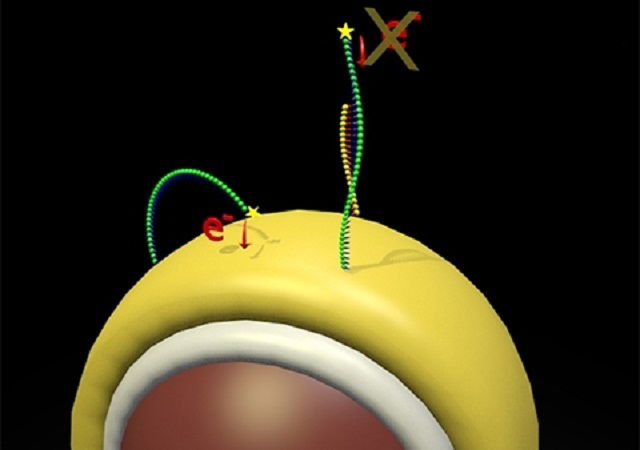
Imagine if a simple blood test could spot cancer early and speed up diagnosis?
Well, scientists at the University of New South Wales (UNSW) are making that possible.
They’ve found a new method to find tiny molecules, known as microRNAs, in our blood that could hint at the presence of cancer.
MicroRNAs are small RNA molecules that control the production of certain proteins in our body. If something goes wrong with these tiny regulators, it could lead to serious health problems, including cancer.
Here’s the cool part – the scientists use gold-plated nanoparticles (tiny particles as small as atoms) to detect these microRNAs.
Even when there’s a tiny amount of microRNA in the blood, these golden nanoparticles can latch onto them, making it possible to identify them easily.
Until now, doctors needed a large blood sample to find these molecules. But thanks to these gold nanoparticles, spotting cancer might become as easy as a finger prick test.
In their research paper published in Nature Nanotechnology, the scientists described how they tweaked gold-coated magnetic nanoparticles with DNA to make them latch onto the microRNAs they were looking for.
Scientia Professor Justin Gooding explains that these nanoparticles work like tiny, floating electrodes in the blood.
They capture the microRNAs and then, using a magnet, scientists can collect these nanoparticles along with the attached microRNAs.
Thanks to this method, the detection is super effective and super fast. It could be way cheaper too. “Our method takes 30 minutes compared with almost 12 hours for the current method,” said Professor Gooding.
The real game-changer is the ability to detect a wide range of concentrations of different microRNAs quickly and in unprocessed blood. This is crucial to understand if the levels of different microRNAs have gone up or down, a key sign of potential health issues.
The best part? This method could be available within three years, once it gets all the necessary approvals.
This new discovery builds on the work of another research team at UNSW, who developed a method to detect early-stage cancer cells in blood using a malaria protein.
While these two techniques are different, Professor Gooding believes they could work perfectly together.
One detects tiny molecules in the blood which can hint at the type of cancer, while the other looks for rare cancer cells responsible for the spread of the disease. Together, they could revolutionize how we diagnose cancer in the future.



